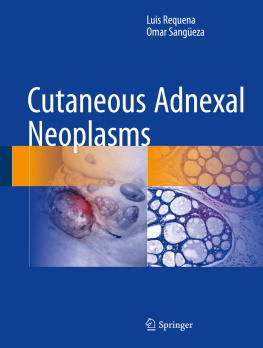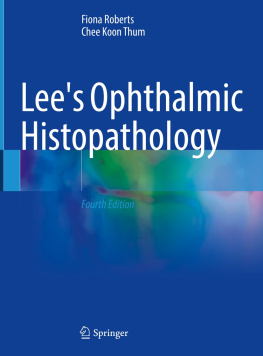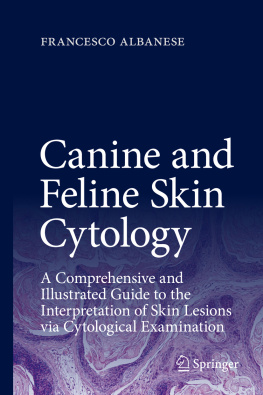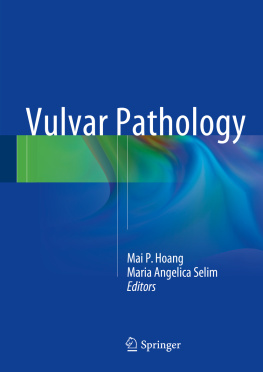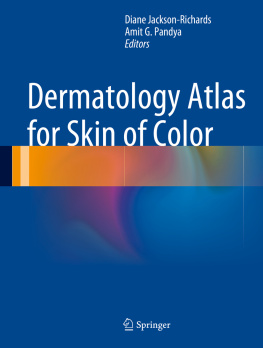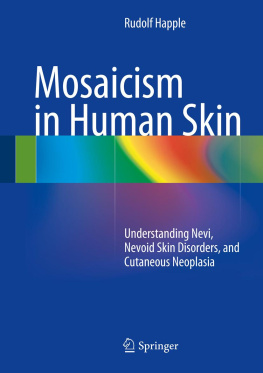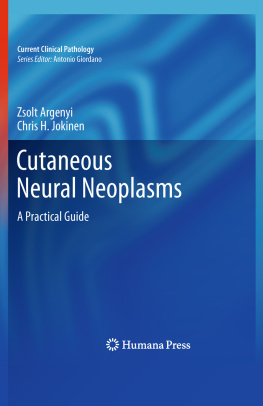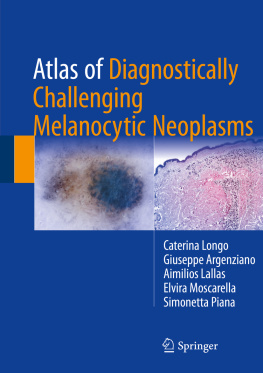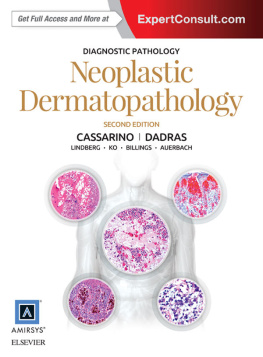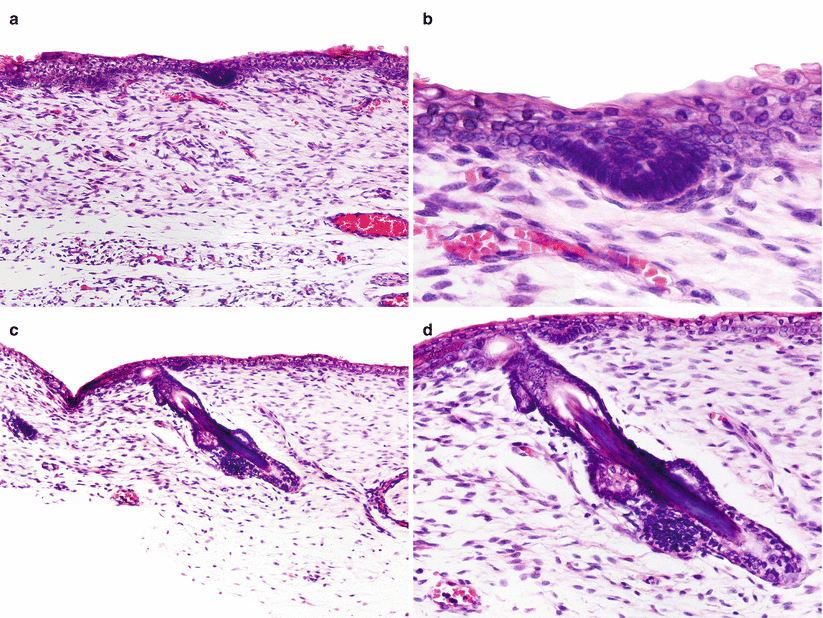1.1.1 Historical Perspective
The existence of two morphologically different types of human sweat glands was first recognized in 1844 by Krause, who noticed that some glands of the axilla, mons pubis, eyelid, and perianal region were larger than those of other areas of the skin [].
More than 50 years later, in 1917, Schiefferdecker was the first author who subdivided the mode of secretion of the sweat glands into eccrine and apocrine secretion. For apocrine secretion, Schiefferdecker implied that secretion was by disruption or pinching off the apices of the secretory cells, so naming the gland with which this chapter is concerned [].
In 1954, Hurley and Shelley studied by light and electron microscopy the human apocrine gland distinguishing between the secretory and ductal parts and emphasizing the role of myoepithelial cells in the secretory process of these glands [].
In 1959, Charles, in his electron microscopic study, failed to see cellular debris in the lumen of apocrine glands of the axilla, but he reported disruption of the apical membrane through which he thought the contents of the secretory cells had been extruded [].
Yamada, in 1960, considered decapitation secretion as an artifact caused by dehydration, since it was seen only by light and not by electron microscopy [].
Hibbs, in 1962, also denied true decapitation secretion in normal axillary apocrine glands because he was unable to find the secretory cells in the process of extruding its contents. He assumed, therefore, that the principal mode of secretion of these glands was by droplet formation at the apex of the cell and that secretion by disruption of the cell probably occurred only under extreme conditions [].
Montagna, in 1962, suggested that the secretory granules of the cells in apocrine glands are dissolved in the apical cytoplasm and excreted either by fragmentation of the luminal microvilli or by oozing out through the plasma membrane [].
In ensuing years, several authors denied the existence of decapitation secretion in human apocrine glands, and they postulated that the only type of secretion occurring in these glands was merocrine secretion in which small vesicles are discharged into glandular lumen [8].
Kurosomi et al., in 1967, did not actually observe decapitation secretion to take place, but they described the formation of expanded apical secretory projections which at their base had a dense area that they believed to be the site of decapitation, and therefore they were inclined to defend the classical decapitation secretion theory and denied that apocrine secretion occurred through fragmentation of the luminal microvilli [].
Hashimoto et al., in 1966, observed cellular debris in the lumen just above a cell which contained a horizontal membrane immediately beneath the luminal plasma membrane. They believed that the apical portion of the secretory cell had escaped into the lumen through a defect in the luminal plasma membrane and that the rather thick horizontal membrane represented a newly formed plasma membrane below the old defective plasma membrane of the cells [].
Schaumburg-Lever and Lever, in their electron microscopic study of the mode of secretion of human apocrine glands published in 1975, demonstrated beyond doubt that decapitation secretion is a feature in the luminal border of secretory apocrine cells when those cells are examined by electron microscopy. According to these authors, ultrastructural examination of secretory tubules of apocrine glands revealed three types of secretion: merocrine, apocrine, and possibly holocrine. In the merocrine type, vesicles with granular appearance discharged their contents into the lumina of the gland. In the apocrine type of secretion, three stages were observed: (1) formation of an apical cap in the luminal border of secretory cells, (2) formation of a dividing membrane at the base of this apical cap, and (3) formation of tubules above and parallel to the dividing membrane leading to separation of the apical cap from the rest of the cell. In the holocrine type of secretion, individual secretory cells or even strands of secretory cells are discharged into the lumen of the gland []. These authors, therefore, demonstrated that decapitation secretion in apocrine glands is seen not only by light microscopy but also by electron microscopy.

